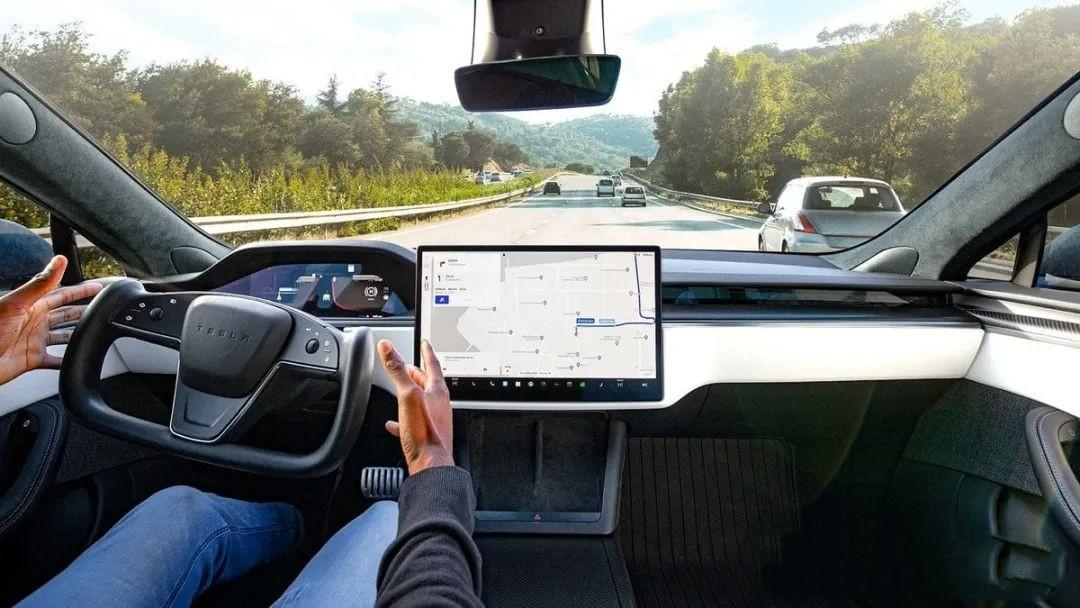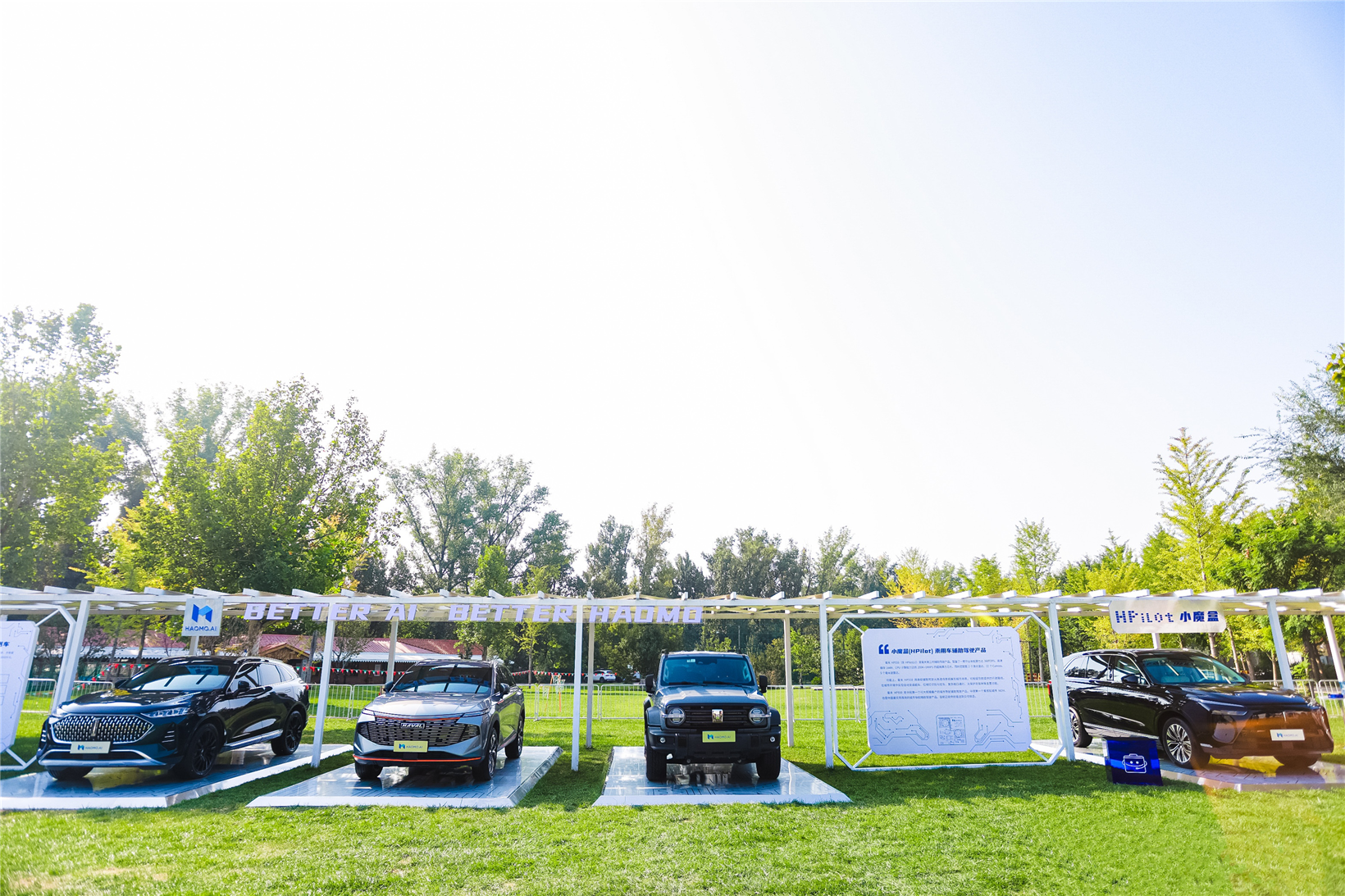How shall automakers counteract after Tesla rolls out FSD in China?
Elon Musk's April trip to Beijing signals that Tesla is likely to launch its full self-driving (FSD) service in China, which will render the U.S. carmaker a key competitive edge in China's cut-throat auto market. Meanwhile, the U.K.'s sought-after startup Wayve has secured USD1 billion funding from Softbank, Nvidia and Microsoft, thanks to its end-to-end autonomous driving (E2EAD) technology. Tesla's FSD is ushering in a new round of race in autonomous driving, in which companies not only need to conquer tech issues, but also to compete for resources.

Photo credit: Tesla
As a trailblazer in the world's autonomous driving industry, Tesla has been setting the tech trends in the field. Back to 2023, Musk released Tesla's FSD Beta V12, which was backed by the end-to-end large model that could substitute autonomous driving software. This update trimmed the previous 300,000 lines of control code to just 3,000 lines. Simply speaking, an autonomous driving technology backed by the end-to-end large model generates instructions to software modules, instead of software codes, thus allowing the software to make decisions as appropriate with the scenarios. In essence, it is a shift in development paradigm. The core competence of the E2EAD lies in that it can sharply raise the upper limit of model performance and enhance the training efficiency, which will lead to giant leaps in autonomous driving. Most FSD trial users comment that it is basically close to human driving.
In the face of Tesla's FSD, Chinese companies are responding with their cutting-edge technologies, including large models, and creating more cost-effective intelligent driving products.
For example, China’s leading intelligent driving player Huawei introduced its brand-new Qiankun Automated Driving System (ADS) 3.0 at a product launch event in Beijing at the end of April. Upgrading from the bird's-eye-view (BEV) to the general obstacle detection (GOD) network, the Qiankun ADS 3.0 leaps forward from simply “identifying obstacles” to deeply “understanding driving scenarios”, which ensures driving safety and riding comfort. In addition, it integrates both the pre-decision and planning processes on the parallel distributed processing (PDP) network, enabling human-like decision making and planning, as well as more human-like driving trajectories. Therefore, the Qiankun ADS 3.0 enjoys a higher passing efficiency, with a success rate of over 96% at complex intersections. The year of 2024 will embark on the mass commercialization of intelligent driving, according to Huawei. The company estimated that more than 500,000 vehicles will carry its intelligent driving systems by the end of 2024.
Another noteworthy company is HAOMO.AI, a rising star in China’s autonomous driving industry. The company’s CEO Gu Weihao is the first in China to bank on large model, high computing capability and big data, which align with Tesla’s tech strategy. Coincidently, HAOMO.AI also resonates with the upstart Wayve in their tech forays: the two are the first in the industry to employ generative models to empower autonomous driving, although HAOMO.AI generates future BEV image sequences while Wayve generates future videos;both leverage large language models to interpret the real world and assist drivers; and they are also the first in the industry to adopt approaches based on self-supervised large models.

Photo credit: HAOMO.AI
In October 2023, HAOMO.AI launched intelligent driving vehicles HP370 and HP570, which come with Qualcomm chips and provide urban Navigation on HPilot (NOH) package featuring integrated autonomous driving and parking solutions without leveraging on high-definition maps. These products, priced at about thousands of yuan, attracted automakers instantly, bringing new vigor to the market. China has become home to the world’s most vibrant intelligent driving market that fosters a series of heavyweight companies, such as Huawei, Horizon Robotics and HAOMO.AI, which have consolidated their positions through orders, mass production and tech breakthroughs.
All the intelligent driving companies are riding the waves of AIGC and large models to push autonomous driving to another “Sora” moment. It is unknown which players will win in the inevitable competition amid the changing industry landscape. Confronted with the fierce tech competition, most automakers would strategically turn to purchase mature autonomous driving solutions directly from suppliers, which suggest controllable costs and rapid product rollouts. Some clues of the trend can be found at the recently concluded Beijing Auto Show. After German automaker Volkswagen kicked off a series of cooperation with Chinese tech companies, its renowned peers from South Korea and Japan also announced partnerships with Chinese companies at the Beijing Auto Show, as they decided that the only way to survive in China’s highly competitive auto market is to buy the local technologies, according to the Financial Times.
“The advancement of AI products is driven by data and we will see a few autonomous driving company and OEM alliances in intelligent driving industry in the future”, HAOMO.AI’s Gu shared his view on the future development of the industry in an interview. “There will probably be four to five such alliances in total in China, with the Harmony Intelligent Mobility Alliance initiated by Huawei and another one formed by Great Wall Motor and HAOMO.AI,” he added.
Gasgoo not only offers timely news and profound insight about China auto industry, but also help with business connection and expansion for suppliers and purchasers via multiple channels and methods. Buyer service:buyer-support@gasgoo.comSeller Service:seller-support@gasgoo.com







